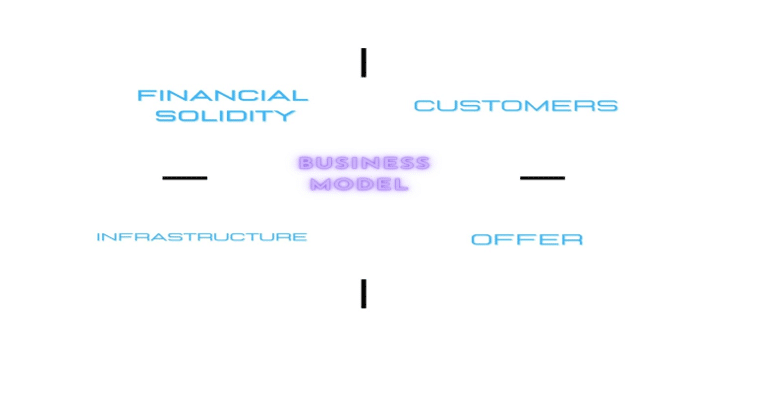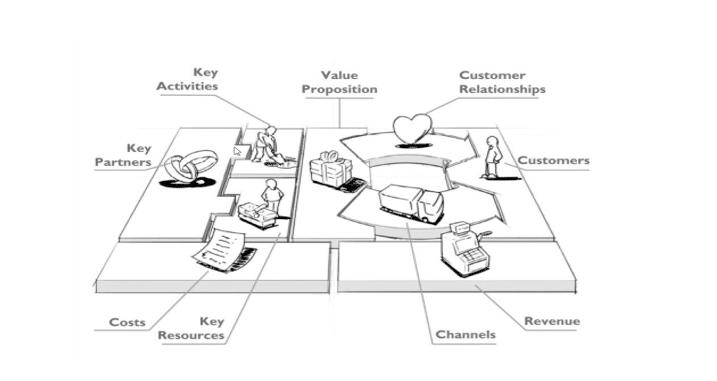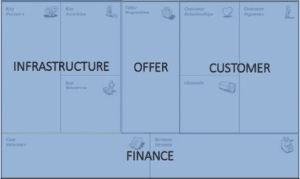On-line training for women e-entrepreneurs
-
Module 1 What is entrepreneurship8 Topics|1 Quiz
-
1.1. Introduction to entrepreneurship
-
1.2. Basic principles of entrepreneurship
-
1.3. Types of entrepreneurship
-
1.4. Differences between entrepreneurship and e-entrepreneurship
-
1.5. Entrepreneurial thinking
-
1.6. Entrepreneurial skills
-
1.7. Challenges and opportunities women face in entrepreneurship
-
1.8. Ethical aspects in entrepreneurship
-
1.1. Introduction to entrepreneurship
-
Module 2 From idea to business7 Topics|1 Quiz
-
Module 3 Digital Marketing10 Topics|1 Quiz
-
3.1 Marketing research and marketing plan
-
3.2 Digital Marketing
-
3.3 S.E.O. (Search Engine Optimization)
-
3.4 Social media marketing
-
3.5 PPC – Google AdWords
-
3.6 Web Analytics
-
3.7 Mail Marketing
-
3.8 Internet of Everything
-
3.9 How to build your website
-
3.10 Effectiveness of a digital marketing strategy
-
3.1 Marketing research and marketing plan
-
Module 4 Business Networking6 Topics|1 Quiz
-
Module 5 Fund-raising & financing6 Topics
-
Module 6 Presentation of an e-entrepreneurial project (pitch)3 Topics|1 Quiz
-
Annex
2.2 Business Planning & Business Canvas

But how can you concretely assess whether your business idea can turn out to be a winning idea or is destined to remain closed in a drawer, because it does not have the characteristics necessary to make it a productive company?
When you are about to make this important assessment (which is the basis of the whole path you will face during the start up phase) you have to avoid making a very common mistake: limiting your vision only to the economic aspect.
When a good idea arises, the only aspect that you would be led to evaluate and analyze could only be the economic one: do I have enough money to transform this idea into a business?
This is a really important question and it is mandatory that you ask it, because the economic aspect is crucial in building a business, but it is not the only one you need to analyze. In fact, if you limit yourself in evaluating only this aspect of your business idea, it is very likely that you will not be able to create your business and set up your startup.
To understand if a business idea can really be realized, you need to evaluate different aspects. To correctly consider all aspects of the business idea, you can compile evaluation tools normally used by companies to assess the feasibility of a business.
Very often there is confusion between Business Idea, Business Model and Business Plan, but we must always keep in mind that they are three different things closely linked to each other.
Business idea: it concerns the characteristics of the idea itself, including feasibility, profitability, sustainability, saleability and competitiveness.
Business Model: in this case we are talking about a model whose purpose is to determine how your business works and how it can create value for shareholders and customers.
Business Plan: when we talk about business plans, we refer to a document that qualitatively and quantitatively illustrates the future goals of your company and the actions to be taken to achieve these goals.

A useful tool for startups is the business model canvas developed by Alexander Osterwalder.
The business model canvas is a strategic tool. It comes in the form of a graphic scheme and is useful for developing new business models or perfecting existing ones. A company creates value for its customers when it helps them satisfy a need, fulfill a desire or solve a problem. By exploiting the logic of “visual thinking”, the business model canvas creates a sort of universal language: this allows you to share and simplify complex concepts that affect the operation of the company, making them understandable to everyone.
It’s a simple visual template divided into 9 sections that cover all elements of a business model. It’s a great starting point when sketching the ins and out of your business. It helps you to focus, to have clarity on key parts of your business and it is easily adaptable as your business model inevitably evolves.

The 9 sections can be divided into 4 main areas:
- Customers: includes all information about customers, who they are, how you reach them and how you interact with them.
- Offer: dedicated to the value proposition, what you offer, how you offer it and why you should be preferred to others.
- Infrastructure: to identify the activities carried out and sought.
- Finance: for earning methods and cost forecasting.

In order to write a proper business model canvas start following this:
VALUE PROPOSITION
This block represents the heart of the Business Model Canvas and therefore the heart of your startup, the value you provide to customers and in particular indicates what you want to make us perceive, what makes you special, how you satisfy a desire and what you are offering.
CUSTOMER SECTION. FOR WHO YOU ARE CREATING VALUE?
Through this block of your Business Model Canvas it is possible to identify the different groups of people to whom the company intends to address. You define who your most important customers are and consequently you will have a clear vision of the market to which you refer (mass, niche, etc.)
CHANNELS
Channels are the means and the way in which you reach customers. Reaching customers has different stages, you must in fact take into account that you do not reach the customer only by giving her/him the opportunity to buy your product.
CUSTOMER RELATIONSHIP
Here it is just like the title. You indicate what relationships you establish with various customers. The relationship should not be taken for granted as it indicates the ways in which you build customers loyalty and create a relationship with them.
PARTNER
You will definitely need others to make your business work. To realize, increase and intensify the potential of the business idea, there are many external actors in the world who could help you by allowing you to grow and achieve the goals set. These are partners.
KEY ACTIVITIES
Quite simply, they are the most important activities that your company must perform in order to make the business model work and above all to be able to realize the value proposition.
KEY RESOURCES
Which resource allows your start-up to have a lasting competitive advantage over time? The block dedicated to key resources is not to be underestimated for this very reason. You have to tell what is unique about you that others do not have but that only you can boast of having.
REVENUES
what / how / when should my customer pay?
What / how / when should I earn?
COSTS STRUCTURE
Finally, deriving from what you wrote in the rest of the Business Model Canvas including resources, activities and key partners, you find the costs you will have to incur to bring your project to fruition.
Videos for further understanding:
- The Business Model Canvas – 9 Steps to Creating a Successful Business Model – Startup Tips (duration 10 min):
- Osterwalder explaining the Business Model Canvas in 6 Minutes (duration 7 min and 20 sec)


